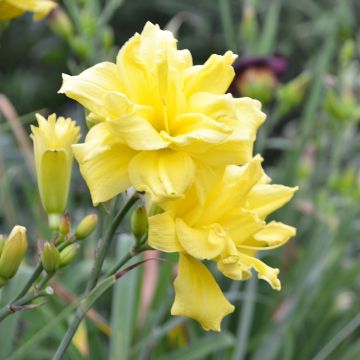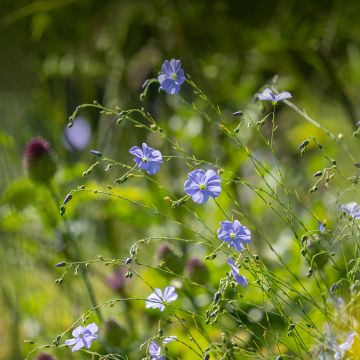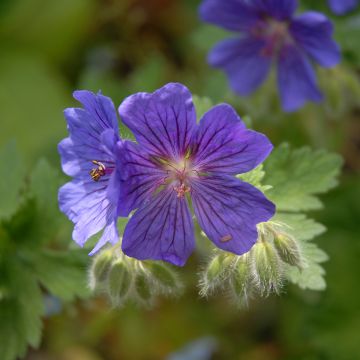

Hemerocallis fulva - Daylily
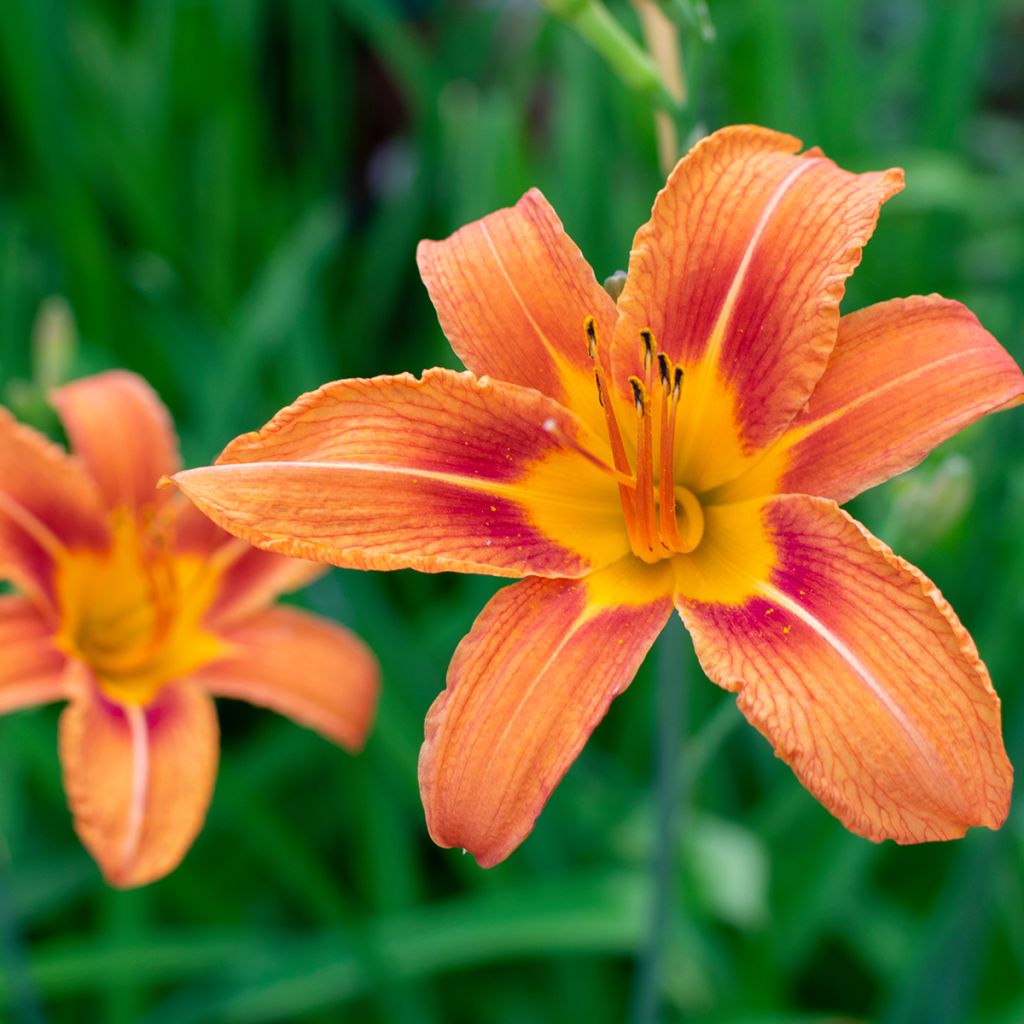

Hemerocallis fulva - Daylily


Hemerocallis fulva - Daylily


Hemerocallis fulva - Daylily


Hemerocallis fulva - Daylily


Hemerocallis fulva - Daylily


Hemerocallis fulva - Daylily
Hemerocallis fulva - Daylily
Hemerocallis fulva
Orange Daylily, Tawny Daylily, Tiger Daylily
This item cannot be shipped to the selected country
Delivery charge from €5.90
Delivery to Corse prohibited
More information
Schedule delivery date,
and select date in basket
This plant carries a 12 months recovery warranty
More information
We guarantee the quality of our plants for a full growing cycle, and will replace at our expense any plant that fails to recover under normal climatic and planting conditions.
From €5.90 for pickup delivery and €6.90 for home delivery
Express home delivery from €8.90.
Delivery to Corse prohibited: UE law prohibits the import of this plant from mainland France to Corse as part of the fight against Xylella fastidiosa. Please accept our sincere apologies.
More information

Does this plant fit my garden?
Set up your Plantfit profile →
Description
The Hemerocallis fulva, also known as the tawny daylily, is a very vigorous botanical species of tall height with early flowering in open trumpet-shaped flowers in brown-orange, very distinguished. A rhizomatous perennial produces a beautiful clump of semi-evergreen, long, narrow leaves with a glaucous green colour, initially upright, then spreading in habit. From May to June, aerial branched stems of flowers with slender, recurved sepals in brown-orange with reddish stripes and delicate yellow-cream petals, with a bright yellow throat open successively. It is a very simple perennial that tolerates not-too-dry soils as long as it can enjoy some light. It will be even more floriferous and luxuriant in rich, fresh, deep soil exposed to full sun. Take advantage of this hardy and generous perennial to create beautiful flower borders, as a background for other perennials, and to fill moist areas of the garden, even in semi-shade.
The tawny daylily is a perennial plant with fleshy roots and semi-evergreen foliage belonging to the family Hemerocallidaceae (or Xanthorrhoeaceae). Also known as the red lily, it is a botanical species native to temperate Asia. In the wild, it is found on the banks of rivers and ditches or in damp woods. This plant quickly forms a dense clump, reaching, depending on the growing conditions, 1.20m (4ft) in height when in flower and 80cm (32in) in width. The foliage consists of ribbon-like leaves, sometimes reaching 5cm (2in) in width and 30 to 90cm (12 to 35in) in length, of a relatively dark green with bluish reflections. The flowering takes place in May or June. The single flowers, in a mix of orange and tawny, are marked by a tawny brown or bright red eye surrounding a yellow base and crossed by almost red veins. They are 6 to 10cm (2 to 4in) wide. Each flower has three shorter tepals and three slender petals and bears prominent, upward-curved red-orange stamens. These ephemeral flowers only live for one day but are continuously replaced on sturdy stems with a few reduced leaves in the form of scales. The foliage disappears in winter, remaining evergreen only in very mild climates.
Hemerocallis fulva forms magnificent flower beds when planted in groups, especially since it grows rapidly. It is best placed at the back of the border, as its superb foliage disappears in winter, leaving a yellow and tangled carpet on the ground. It looks beautiful with the blue or mauve flowers of Malva sylvestris, delphiniums, anchusa or large perennial geraniums (Geranium magnificum, G. psilostemon). Very easy to grow, it thrives equally well in semi-shade (in hot and sunny climates) and in full sun. The daylily is often called "the perfect perennial plant" due to its vibrant colours and ability to tolerate any environment, but also due to its lack of modesty, as it displays a beautiful exuberance that goes well with other perennials. Its flowers are highly appreciated in cuisine in the form of delicious fritters.
Report an error about the product description
Hemerocallis fulva - Daylily in pictures




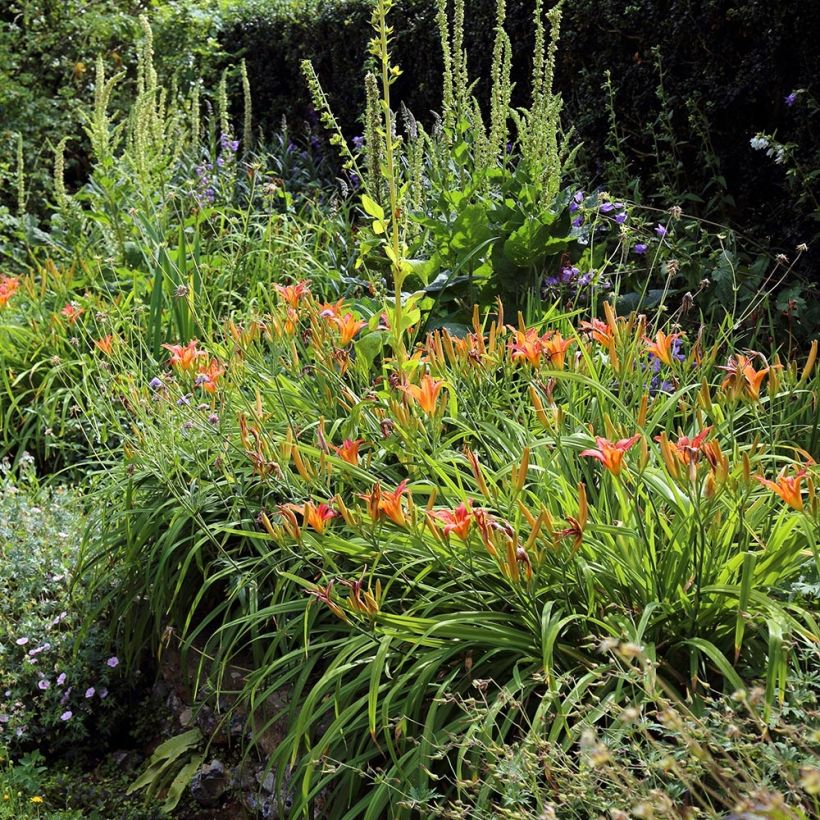

Flowering
Foliage
Plant habit
Botanical data
Hemerocallis
fulva
Hemerocallidaceae
Orange Daylily, Tawny Daylily, Tiger Daylily
East Asia
Other Hemerocallis - Daylilies
Planting and care
Plant the adventive Hemerocallis fulva in moist or slightly damp, deep and well-cultivated soil, in full sun or partial shade. It tolerates drier soil, where it will be less luxuriant and less floriferous, and it tolerates limestone very well. Plant the young plants with a spacing of about 30 cm (12in), as planting them en masse makes for a beautiful display. Mulch the soil to maintain freshness and weed often. This is a good way to protect them from slugs and snails whose attacks can be fatal. Make sure to place baits around the plantings. In a warm climate, regularly water the Hemerocallis to support their flowering. Remove the foliage in winter.
Planting period
Intended location
Care
-
, onOrder confirmed
Reply from on Promesse de fleurs
Summer flowering perennials
Haven't found what you were looking for?
Hardiness is the lowest winter temperature a plant can endure without suffering serious damage or even dying. However, hardiness is affected by location (a sheltered area, such as a patio), protection (winter cover) and soil type (hardiness is improved by well-drained soil).

Photo Sharing Terms & Conditions
In order to encourage gardeners to interact and share their experiences, Promesse de fleurs offers various media enabling content to be uploaded onto its Site - in particular via the ‘Photo sharing’ module.
The User agrees to refrain from:
- Posting any content that is illegal, prejudicial, insulting, racist, inciteful to hatred, revisionist, contrary to public decency, that infringes on privacy or on the privacy rights of third parties, in particular the publicity rights of persons and goods, intellectual property rights, or the right to privacy.
- Submitting content on behalf of a third party;
- Impersonate the identity of a third party and/or publish any personal information about a third party;
In general, the User undertakes to refrain from any unethical behaviour.
All Content (in particular text, comments, files, images, photos, videos, creative works, etc.), which may be subject to property or intellectual property rights, image or other private rights, shall remain the property of the User, subject to the limited rights granted by the terms of the licence granted by Promesse de fleurs as stated below. Users are at liberty to publish or not to publish such Content on the Site, notably via the ‘Photo Sharing’ facility, and accept that this Content shall be made public and freely accessible, notably on the Internet.
Users further acknowledge, undertake to have ,and guarantee that they hold all necessary rights and permissions to publish such material on the Site, in particular with regard to the legislation in force pertaining to any privacy, property, intellectual property, image, or contractual rights, or rights of any other nature. By publishing such Content on the Site, Users acknowledge accepting full liability as publishers of the Content within the meaning of the law, and grant Promesse de fleurs, free of charge, an inclusive, worldwide licence for the said Content for the entire duration of its publication, including all reproduction, representation, up/downloading, displaying, performing, transmission, and storage rights.
Users also grant permission for their name to be linked to the Content and accept that this link may not always be made available.
By engaging in posting material, Users consent to their Content becoming automatically accessible on the Internet, in particular on other sites and/or blogs and/or web pages of the Promesse de fleurs site, including in particular social pages and the Promesse de fleurs catalogue.
Users may secure the removal of entrusted content free of charge by issuing a simple request via our contact form.
The flowering period indicated on our website applies to countries and regions located in USDA zone 8 (France, the United Kingdom, Ireland, the Netherlands, etc.)
It will vary according to where you live:
- In zones 9 to 10 (Italy, Spain, Greece, etc.), flowering will occur about 2 to 4 weeks earlier.
- In zones 6 to 7 (Germany, Poland, Slovenia, and lower mountainous regions), flowering will be delayed by 2 to 3 weeks.
- In zone 5 (Central Europe, Scandinavia), blooming will be delayed by 3 to 5 weeks.
In temperate climates, pruning of spring-flowering shrubs (forsythia, spireas, etc.) should be done just after flowering.
Pruning of summer-flowering shrubs (Indian Lilac, Perovskia, etc.) can be done in winter or spring.
In cold regions as well as with frost-sensitive plants, avoid pruning too early when severe frosts may still occur.
The planting period indicated on our website applies to countries and regions located in USDA zone 8 (France, United Kingdom, Ireland, Netherlands).
It will vary according to where you live:
- In Mediterranean zones (Marseille, Madrid, Milan, etc.), autumn and winter are the best planting periods.
- In continental zones (Strasbourg, Munich, Vienna, etc.), delay planting by 2 to 3 weeks in spring and bring it forward by 2 to 4 weeks in autumn.
- In mountainous regions (the Alps, Pyrenees, Carpathians, etc.), it is best to plant in late spring (May-June) or late summer (August-September).
The harvesting period indicated on our website applies to countries and regions in USDA zone 8 (France, England, Ireland, the Netherlands).
In colder areas (Scandinavia, Poland, Austria...) fruit and vegetable harvests are likely to be delayed by 3-4 weeks.
In warmer areas (Italy, Spain, Greece, etc.), harvesting will probably take place earlier, depending on weather conditions.
The sowing periods indicated on our website apply to countries and regions within USDA Zone 8 (France, UK, Ireland, Netherlands).
In colder areas (Scandinavia, Poland, Austria...), delay any outdoor sowing by 3-4 weeks, or sow under glass.
In warmer climes (Italy, Spain, Greece, etc.), bring outdoor sowing forward by a few weeks.







































